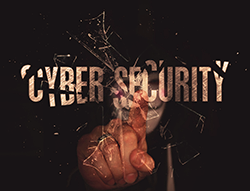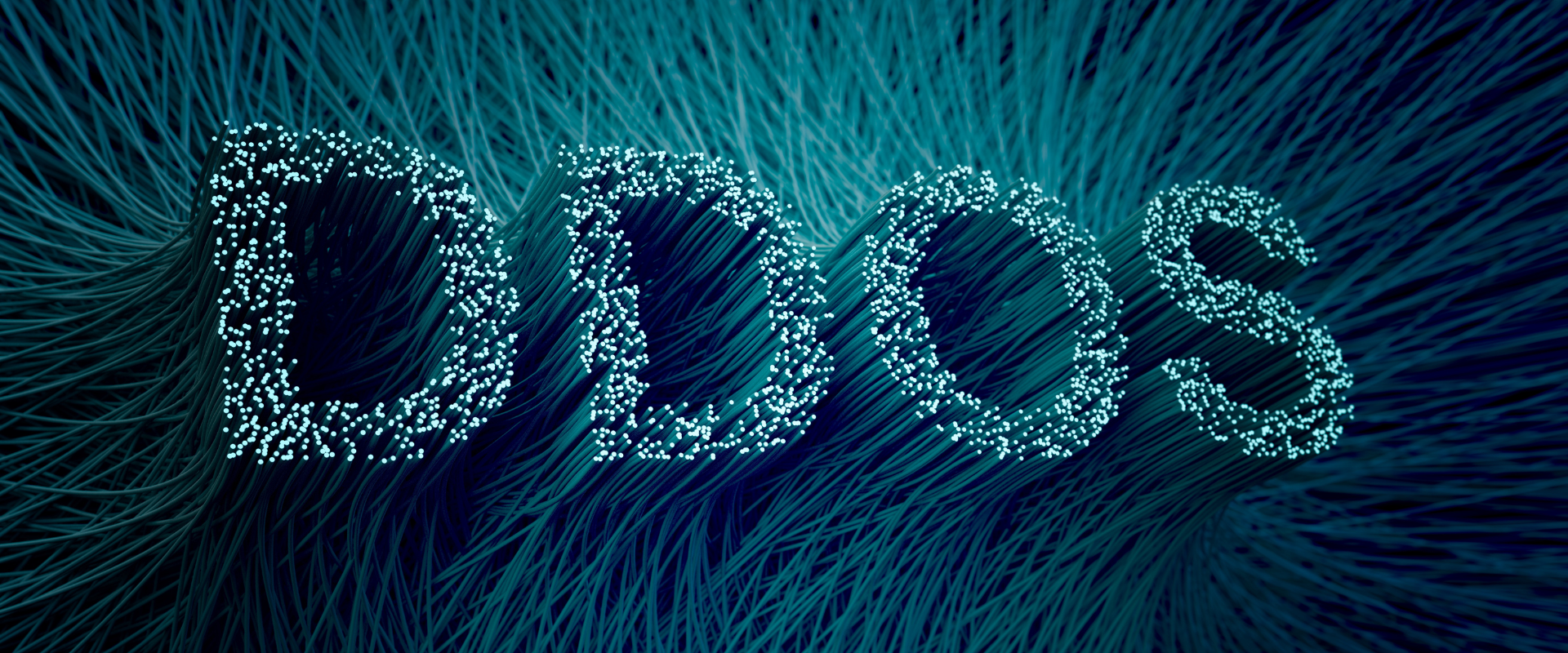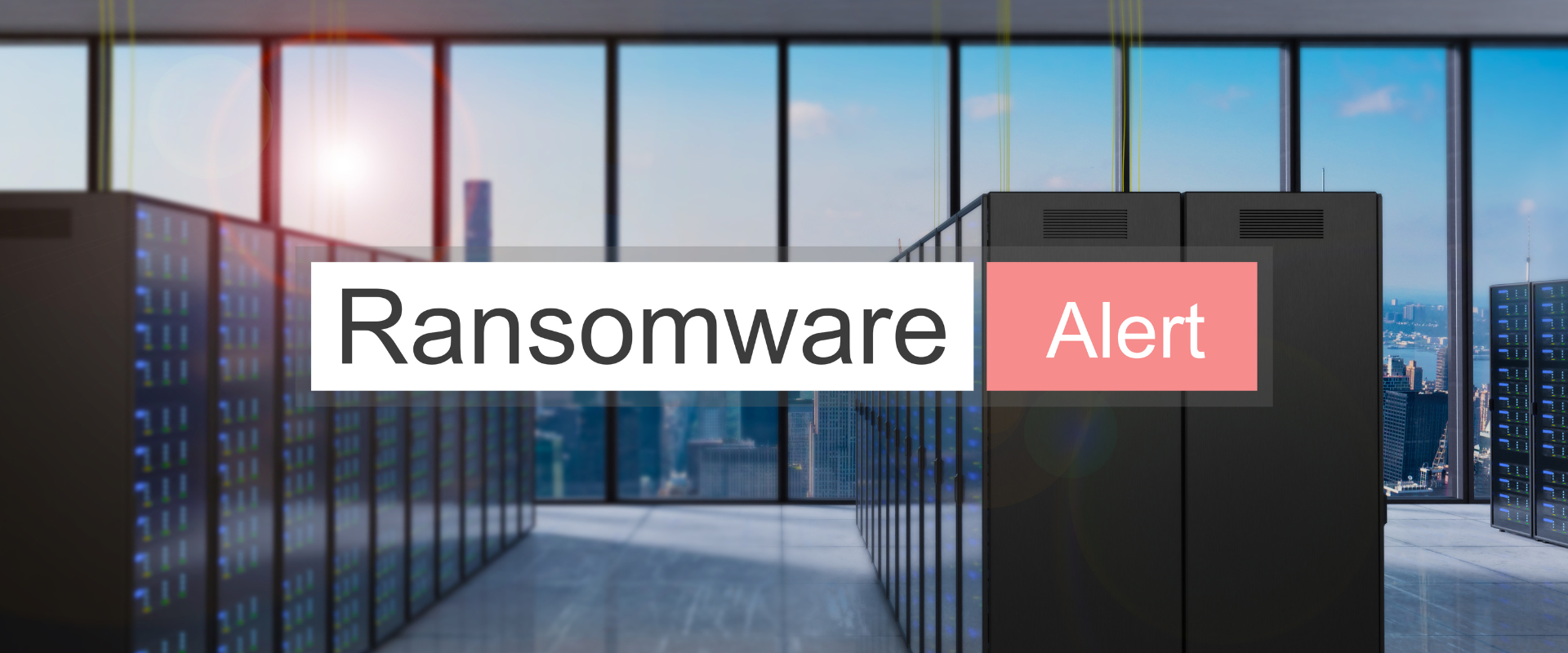
Securing the Future: The Role of Cybersecurity in Protecting Critical Infrastructure
By, Webmaster
- 8 Jan, 2025
- 2.1k Views
In today’s digital world, cybersecurity is no longer just a concern for IT departments or financial institutions. As technology continues to evolve and shape industries, protecting critical infrastructure has become a top priority for governments and businesses alike. Critical infrastructure, such as power grids, transportation systems, healthcare services, and financial networks, is integral to the functioning of society. As we approach 2025, ensuring the cybersecurity of these systems is essential to safeguard public safety, economic stability, and national security.
In this article, we will explore the rising importance of securing critical infrastructure, the unique challenges these systems face, and the strategies businesses and governments can adopt to protect them.
What is Critical Infrastructure?
Critical infrastructure refers to the systems and assets that are vital to the functioning of society and the economy. These infrastructures are essential for providing key services such as energy, transportation, water supply, healthcare, and communication. Any disruption to these services can have catastrophic consequences, affecting millions of people and causing widespread damage to economies and security.
Some examples of critical infrastructure include:
Energy: Power plants, electricity grids, and oil pipelines.
Transportation: Airports, railways, highways, and maritime systems.
Healthcare: Hospitals, medical devices, and public health networks.
Water: Water treatment facilities and distribution systems.
Communication: Internet infrastructure, telecommunications, and media.
Financial Systems: Banks, stock exchanges, and payment systems.
Why Protecting Critical Infrastructure is More Important Than Ever
Increased Cyber Threats: Cyberattacks on critical infrastructure have become more frequent, sophisticated, and damaging. Hackers, including state-sponsored groups, cybercriminals, and even insider threats, are actively targeting vulnerable infrastructure to disrupt services, steal data, and cause chaos. The rise of ransomware attacks targeting hospitals, utilities, and government systems is a prime example of the evolving cyber threat landscape.
Interconnectivity and Complexity: Critical infrastructure systems are becoming increasingly interconnected, with networks relying on cloud services, IoT devices, and third-party vendors. While this interconnectedness offers efficiencies and improvements, it also creates more entry points for attackers. A vulnerability in one part of the system can have cascading effects, putting other parts of the infrastructure at risk.
Economic and National Security Risks: Disruptions to critical infrastructure can have far-reaching effects on the economy and national security. A cyberattack that takes down an energy grid can cripple an entire region, while a breach in a financial system could lead to massive economic losses. In some cases, attacks on critical infrastructure can even undermine national security, particularly if adversaries target military systems or communication networks.
Regulatory Compliance: Governments worldwide are placing increasing pressure on organizations to ensure that critical infrastructure is protected. Laws and regulations, such as the NIS2 Directive in Europe and the Cybersecurity Act in the U.S., require businesses to adopt specific cybersecurity measures to safeguard these vital systems. Non-compliance can result in heavy fines, legal liabilities, and reputational damage.
Key Cybersecurity Challenges in Securing Critical Infrastructure
Legacy Systems and Aging Infrastructure: Many critical infrastructure systems still rely on outdated technology that was not designed to withstand modern cyber threats. These legacy systems often lack the robust security features necessary to defend against advanced attacks. Upgrading or replacing these systems can be costly and complex, but it is crucial for ensuring long-term security.
Lack of Skilled Cybersecurity Personnel: As the demand for cybersecurity expertise grows, there is a shortage of skilled professionals capable of securing critical infrastructure. Many organizations struggle to recruit and retain talent with the specialized knowledge required to protect complex systems. This skills gap poses a serious risk to the security of critical infrastructure.
Supply Chain Risks: Critical infrastructure is increasingly dependent on third-party vendors for software, hardware, and services. A vulnerability in a supplier’s system can expose the entire infrastructure to attack. Securing the supply chain has become a key focus for organizations looking to protect critical infrastructure, but it remains a significant challenge.
Real-Time Threat Detection: Identifying and responding to cyber threats in real time is crucial for preventing attacks from escalating. However, the complexity and scale of critical infrastructure networks make it difficult to monitor and detect threats quickly. Many organizations still lack the necessary tools and strategies to monitor their systems in real time, leaving them vulnerable to breaches.
Best Practices for Securing Critical Infrastructure
Adopt a Defense-in-Depth Strategy: A multi-layered approach to security is essential for protecting critical infrastructure. This strategy should include firewalls, intrusion detection systems (IDS), encryption, secure access controls, and continuous monitoring. By layering different security measures, organizations can minimize the risk of a successful attack and quickly detect breaches before they cause significant damage.
Implement Zero Trust Architecture: Zero Trust Architecture (ZTA) is particularly effective in protecting critical infrastructure because it assumes that no entity, whether internal or external, can be trusted by default. Every access request must be authenticated, authorized, and encrypted before access is granted. By enforcing strict access controls and continuously verifying users and devices, Zero Trust helps limit the impact of potential breaches.
Regularly Update and Patch Systems: One of the easiest ways for attackers to exploit vulnerabilities is through unpatched systems. Critical infrastructure systems should be updated regularly to address known security vulnerabilities. Automated patch management systems can help ensure that security patches are applied promptly, minimizing the risk of exploitation.
Conduct Risk Assessments and Incident Response Drills: Regularly assess the security risks facing critical infrastructure systems and develop a comprehensive risk management plan. Conducting incident response drills can help organizations prepare for potential cyberattacks, test the effectiveness of their security measures, and ensure that employees are well-prepared to respond to incidents.
Enhance Collaboration Between Public and Private Sectors: Securing critical infrastructure is a shared responsibility between government agencies, private companies, and third-party vendors. Collaboration is key to ensuring that all parties are aligned in their efforts to protect vital systems. Information sharing and joint initiatives can help improve threat intelligence and strengthen defenses across sectors.
Invest in Employee Training and Awareness: Human error remains one of the leading causes of cybersecurity breaches. Regular cybersecurity training and awareness programs for employees can reduce the risk of phishing attacks and other social engineering tactics that often target critical infrastructure.
Conclusion
Securing critical infrastructure is no longer just a technical issue—it is a matter of national security, economic stability, and public safety. As cyber threats grow more sophisticated, protecting the systems that power our world has become a top priority. By adopting a multi-layered security approach, staying informed about emerging threats, and collaborating with both public and private sectors, organizations can better safeguard critical infrastructure and ensure that the vital systems we rely on every day remain secure.
We hope you found this article helpful. If you have any questions or would like to learn more about securing critical infrastructure in your organization, feel free to reach out!
Recent Posts
- The Growing Threat of Distributed Denial-of-Service (DDoS) Attacks: How to Protect Your Organization from DDoS Threats
- Zero Trust: The Key to Safeguarding Your Digital Assets
- The Evolution of Ransomware: How to Prepare for the Future of Cyber Extortion
- The Rise of AI-Powered Phishing Attacks: How to Safeguard Your Business
- The Growing Threat of Insider Threats in Cybersecurity: How to Protect Your Business
Category
- Cyber Security (67)
- Vulnerability Assessment (51)







